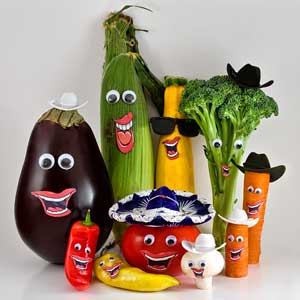Food Synergy
Nicole Palmieri, who is currently studying Dietetics at the University of Dayton, shared with Healthy Lombard that…
Certain food pairings will increase nutrient absorption to create a possible health benefit, which is also known as food synergy. These are great to utilize in order to boost our bodies’ protection level from diseases and overall health. Here are a few notable examples of food pairings:
Vitamin C with Iron
Specifically speaking to non-heme iron, or the iron that does not come from animal meat, plant-based iron can be better absorbed when paired with foods rich in Vitamin C. Plant-based sources of iron include legumes, nuts, seeds, quinoa, spinach, iron-fortified grains, and more. Foods rich in Vitamin C include tomatoes, oranges, grapefruits, bell peppers, broccoli, and more. Making a meal such as a lentil salad with cooked bell peppers and broccoli, or a snack platter of mixed unsalted nuts with vegetable sticks and tomatoes are great for food synergy!
Vitamins A, D, E, and K with Fat
Vitamins are classified as either fat-soluble or water-soluble. Water-soluble vitamins include Vitamin C and B Vitamins. Fat-soluble vitamins are Vitamins A, D, E, and K. Since these are absorbed alongside fats, it would make sense that these are better absorbed when consumed with fats! The fats that we are talking about are healthy fats, such as monounsaturated or polyunsaturated fats, versus saturated and trans fats. Examples of healthy fats include olive oil, avocado, nuts, chia seeds, fatty fish, and more. Examples of foods plentiful with fat-soluble vitamins include dark leafy greens, orange and yellow fruits and vegetables (Vitamin A), egg yolks and other animal products (Vitamin D), almonds, and sunflower seeds (Vitamin E), and dairy products and dark leafy greens (Vitamin K). Cooking a meal such as avocado toast with scrambled eggs or a grilled 6 oz. salmon with a side salad of dark leafy greens topped with sunflower seeds and olive oil are great options for this pairing!

 Amita Health shared in the Daily Herald Newspaper that some kids seem to eat just about everything, while others are picky eaters.
Amita Health shared in the Daily Herald Newspaper that some kids seem to eat just about everything, while others are picky eaters. Advocate Children’s Hospital shared in their Children’s Health Series that w
Advocate Children’s Hospital shared in their Children’s Health Series that w
 What times someone eats during the day and how frequently may play a role in having a healthy weight and heart.According to an American Heart Association
What times someone eats during the day and how frequently may play a role in having a healthy weight and heart.According to an American Heart Association 
